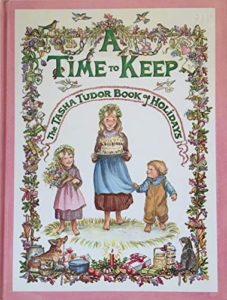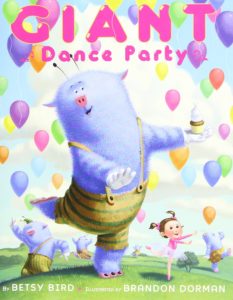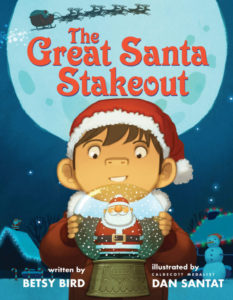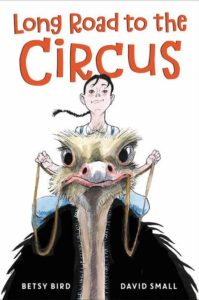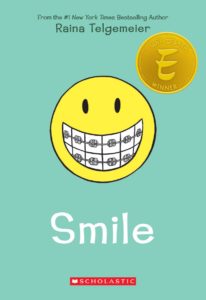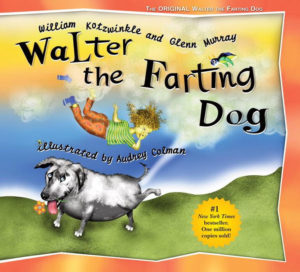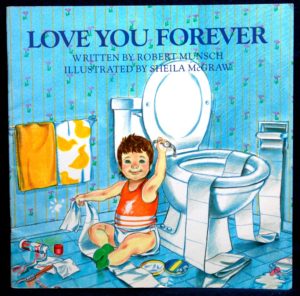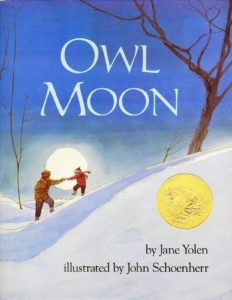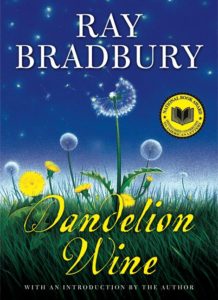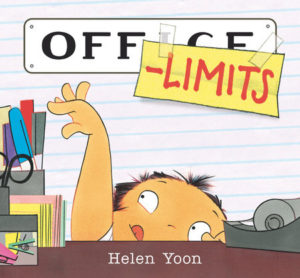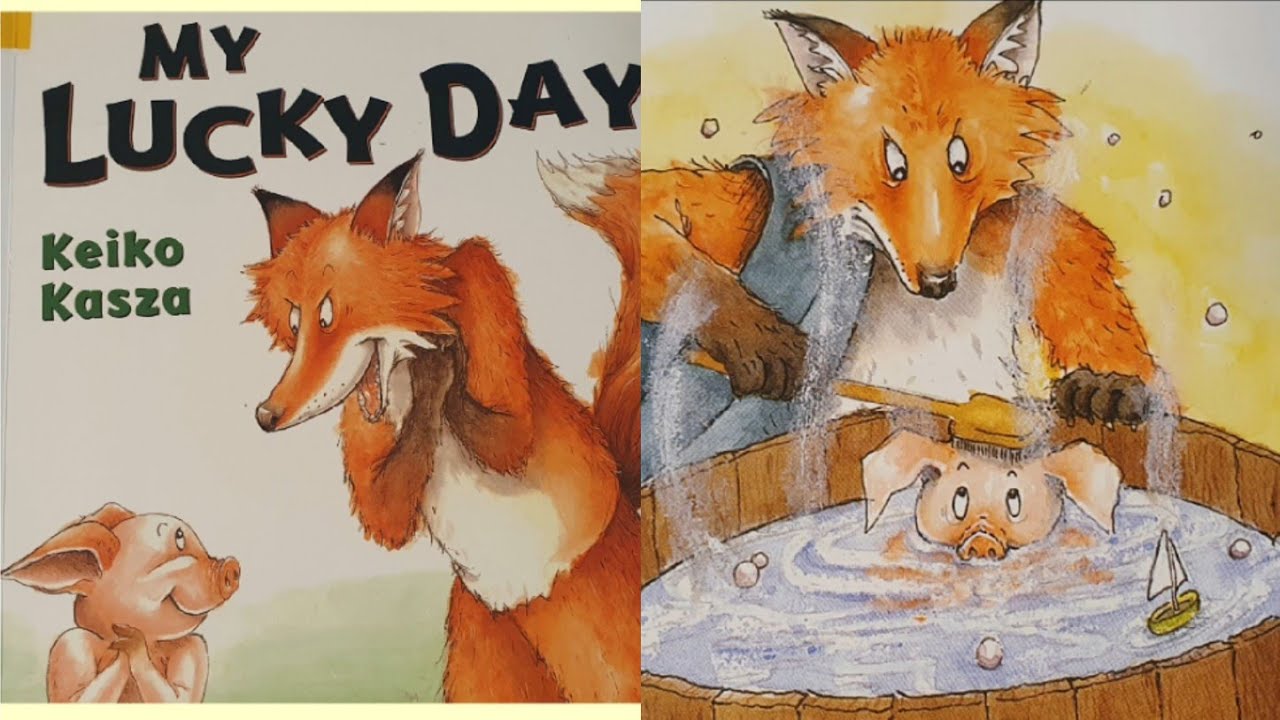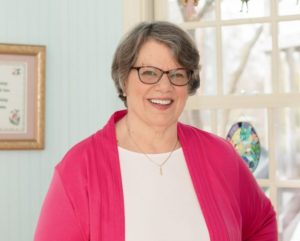 This month’s Author Interview is with Toni Buzzeo, a New York Times bestselling picture book author. Welcome, Toni!
This month’s Author Interview is with Toni Buzzeo, a New York Times bestselling picture book author. Welcome, Toni!
Toni is a prolific children’s author, having published twenty-nine children’s books and eleven more for librarians and teachers. Her works include fiction and nonfiction picture books with many characters and topics. Toni got her love of reading from her mother and grandmother and has passed it along to others through her books, which have earned many awards, including a 2013 Caldecott Honor for One Cool Friend. The former elementary school librarian and high school and college writing teacher uses her experiences in creating her stories and when speaking with children at schools and libraries. Her next book, Pa, Me, and Our Sidewalk Pantry, is scheduled for a spring 2023 release.
And just to let us all get to know Toni better, here’s some additional information about her:
- Her last name is pronounced just as it’s spelled: Buzz (like a bee) followed by a long E and a long O. Buzz-e‑o!
- She writes her books in a small writing cottage behind her Massachusetts home.
- During the snowy months, she migrates to sunny Sarasota, Florida.
- She has two wonderful grandchildren.
- She worked as a library clerk to pay for night classes, earning bachelor’s and master’s degrees in English.
- While working as a children’s librarian, she went back to school and earned a second master’s degree in library and information science.
- She worked as a school librarian for 16 years…in case you haven’t noticed, Toni loves school!
So let’s share some links, get right to the interview, and learn more!
JW: Speaking of your love of school, we first met when you visited my college Writing Picture Books class. You gave an excellent talk! It’s great to catch up with you again.
TB: Thanks. I loved that event.
JW: When you were between the ages of ten and thirteen, three younger siblings came into your life. How did reading books to them influence your path into the world of picture books?
TB: I’d always been a reader. Both my mother and grandmother were big readers, and they took me to the main library, which is all we had in my town (Dearborn, MI) when I was young. When I was eight and a half, the town built a branch library close to my house. As I had some independence, I could easily walk to the library and get my books by the time I was ten. Lucky for my mother, who was soon saddled with many young ones–she could send me along to get her books, too. I’d bring home a bag of my books and a bag of her books. I had, by then, graduated from picture books and was reading a lot of middle-grade novels, but what happened, with having the little ones, was that I was necessarily drawn back into the picture books at a time when I wouldn’t have been if I didn’t live with three very young children.
In addition to living with those kids, who I read to constantly, I also did a lot of babysitting. I lived on a street that had 90 houses, and almost all of those houses had children in them. I had lots and lots of babysitting gigs and so many opportunities to read picture books that most people my age wouldn’t have had.
JW: How did being an elementary school librarian for 16 years help you gather ideas for your picture books?
TB: Oh, wow. Going from being a college writing instructor to a school librarian, especially an elementary school librarian, was a huge transition. Suddenly, I was working every day, all day long with children’s books. I was surrounded by them, buying them for my collection, and reading them to my students. I was also reviewing them, as I belonged to a very strong children’s book review group.
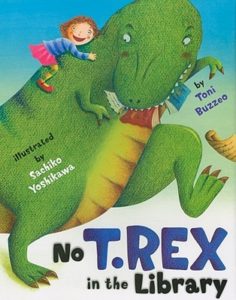 The first step for me in writing for children was opening my eyes to the fact that as a writer myself, having written for professional publications in librarianship and for community newsletters, I could take my writing talents and apply them to writing picture books. Somehow, that just hadn’t occurred to me before. In terms of inspiration, ultimately during the time I was working as a librarian, I published eight books with Upstart Books that are all based in libraries, including the four books in the Mrs. Skorupski series. Of my trade picture books, only one is set in a library—a public library. That’s No T. Rex in the Library.
The first step for me in writing for children was opening my eyes to the fact that as a writer myself, having written for professional publications in librarianship and for community newsletters, I could take my writing talents and apply them to writing picture books. Somehow, that just hadn’t occurred to me before. In terms of inspiration, ultimately during the time I was working as a librarian, I published eight books with Upstart Books that are all based in libraries, including the four books in the Mrs. Skorupski series. Of my trade picture books, only one is set in a library—a public library. That’s No T. Rex in the Library.
JW: For someone new in the industry with no students to teach or kids at home, what would be the best way to understand what kids want to read?
TB: There are two kinds of people you need to know. The first is an excellent children’s bookseller. Even if you have a bookstore close to you, go out of your way to find a bookstore with a dedicated children’s bookseller, then talk to them. Booksellers can point you not only to what’s excellent on their shelves but also to what kids are drawn to.
The other person, which you know I’m going to say, is an excellent children’s librarian. You and I attended a workshop the other day, in which the valuable suggestion was made to read, read, read a lot of what you want to write. But I added in the chat that it’s important to read a lot of what you want to write, but make sure it’s current. So, if you’re writing, for instance, middle-grade fiction, reading Harriet the Spy is not going to help you very much with today’s audience.
JW: I remember your comment to that effect.
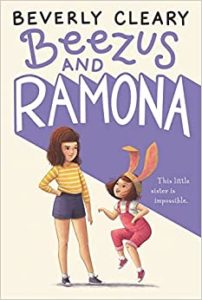 TB: You want to be reading what’s very much in front of children right now, what’s being sold. You want your manuscript to be attractive to today’s publishers and want your writing to be attractive to today’s children. I was just talking with my critique group about this. I have a five-year-old granddaughter, and she likes to listen to children’s novels. We started with Ramona Quimby, which is timeless. It’s been interesting to see that she became very attached to Ramona and Ramona’s circumstances. When I’ve tried to read other older middle-grade books to her,
TB: You want to be reading what’s very much in front of children right now, what’s being sold. You want your manuscript to be attractive to today’s publishers and want your writing to be attractive to today’s children. I was just talking with my critique group about this. I have a five-year-old granddaughter, and she likes to listen to children’s novels. We started with Ramona Quimby, which is timeless. It’s been interesting to see that she became very attached to Ramona and Ramona’s circumstances. When I’ve tried to read other older middle-grade books to her, 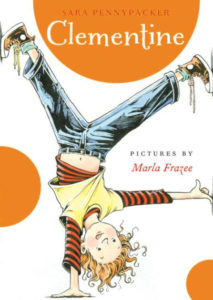 she quickly loses interest. I think what Beverly Cleary knew in her Ramona books that is echoed in the Clementine books by Sara Pennypacker is that kids don’t care about a lot of rumination or setting description. They want action, and they want a character that’s lively and quick. So, I would caution new writers to ensure that what they’re reading as mentor texts captures these two essential aspects of story.
she quickly loses interest. I think what Beverly Cleary knew in her Ramona books that is echoed in the Clementine books by Sara Pennypacker is that kids don’t care about a lot of rumination or setting description. They want action, and they want a character that’s lively and quick. So, I would caution new writers to ensure that what they’re reading as mentor texts captures these two essential aspects of story.
JW: You mention that educators should know and understand developmental ages and stages. As a picture book writer, could you please explain the benefits of understanding these?
TB: That’s a tricky question. You must understand the primary concerns for the age group you are writing for. I publish both board books intended for two to five-year-olds and picture books intended for four to eight-year-olds, and next year I’m publishing my first middle-grade novel. I must keep solidly in mind what the emotional concerns are of the age, what the real-world interests are of the age that I’m writing for, and what the ability is of the reader to infer. In a board book, you don’t leave much room for inference because little ones can’t do much inferring. In a picture book intended for a slightly older picture book audience, you can write just as you might in middle-grade novels. But for the youngest picture book readers, those three and four-year-olds, you’ve got very spare text, and you want what you’re writing about to match their concerns.
JW: What’s the best way of gaining this knowledge?
TB: I’d suggest that you spend dedicated time with young children. But what if you’re a college student, or what if you’re a young professional, and you don’t have children readily available to you? Carve out time to spend with either a preschool or elementary class, or find other young adults who have children in their lives that you can talk to. But even more importantly, find children that you can read to. It’s so important to observe how children are reacting to what they’re hearing in terms of helping you to do your best job in writing for the age.
JW: A few of your nonfiction picture books, those in your WHOSE? series involve tools, vehicles, and transportation. I love how this series is board books with reveal-the-answer gatefolds to make the book engaging for younger readers or read-aloud listeners. I’m curious to hear how you got into writing picture books about these topics.
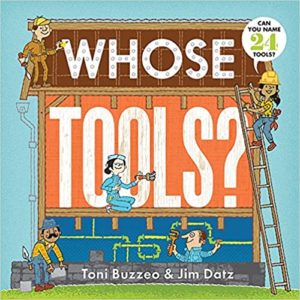 TB: Around 2012, I read a nonfiction book about people’s tools in various professions. This one was about the medical profession, so there were dental tools and doctors’ tools, and it was sort of a guessing game. It was a brilliant way to introduce kids to information because it started with something concrete. Then it told what that tool did, and they had to guess to whom it belonged. I got interested in adapting that idea and focusing on that
TB: Around 2012, I read a nonfiction book about people’s tools in various professions. This one was about the medical profession, so there were dental tools and doctors’ tools, and it was sort of a guessing game. It was a brilliant way to introduce kids to information because it started with something concrete. Then it told what that tool did, and they had to guess to whom it belonged. I got interested in adapting that idea and focusing on that 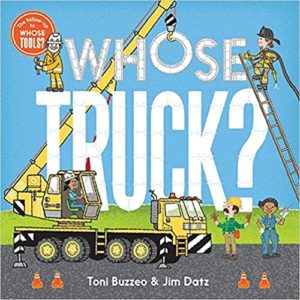 career aspect. I was concerned at the time because Maine’s governor was raising flags about the fact that while we were encouraging more and more kids to go on to college, we were primarily looking at four-year programs. It was true then, and it’s even more true now; very few kids who go on to school after high school go into the trades, and we’re desperately in need of people working in the trades.
career aspect. I was concerned at the time because Maine’s governor was raising flags about the fact that while we were encouraging more and more kids to go on to college, we were primarily looking at four-year programs. It was true then, and it’s even more true now; very few kids who go on to school after high school go into the trades, and we’re desperately in need of people working in the trades.
I started thinking about that and thought, what about all the people who build houses? They have a lot of really specialized knowledge, and we need them. How do we encourage kids’ thinking to branch out in terms of what they might do for a profession? That’s how I got started with Whose Tools? and then Whose Truck? came next. I knew that so many preschool and kindergarten classes do community helpers, and there are a lot of community helpers who drive trucks as part of their work. I borrowed the concept from the book that I had read, but then I wanted to expand it to topics that kids would be interested in in the real world. I had hoped to help them to think about how those careers and job choices attached to those tools and vehicles might be ones they’re interested in.
JW: The latest one, Whose Big Rig?, just came out last year.
TB: I had long wanted to write about building a railway. Of course, for today’s young readers, building a railway is not what we might have encountered in books, even for you, I suspect, at a young age. It’s about light rail and moving people efficiently and cleanly from place to place. It’s such an important topic right now as we tackle climate change. I thought, here’s the opportunity to do that, but I knew nothing about building a light rail. Really, I knew nothing.
That was probably the very, very hardest book of the four books in the Whose? series I’ve written so far. I did lots of interviews–with people in those professions and also with manufacturers of that equipment. I actually talked to the manufacturer for the piece of machinery that lays out the rails, just to understand. Then multiple, multiple sketches and sets of sketches in which the editor, the illustrator (Ramon Olivera), and I were all looking at pictures of what was happening on the page—watching videos again—talking to manufacturers again. Is this rendering appropriate? Is it showing exactly what happens? It was fun, but it was so labor intense.
JW: When I spoke with you back in 2020, we discussed how picture book word counts had decreased for manuscripts, particularly fiction books. What are your thoughts on this trend, and do you think the industry will go back to longer fictional word counts?
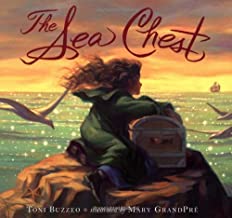 TB: I don’t think it’ll ever go back, and I’m sad about that. From my perspective, there’s room for longer picture books for older students, but picture books have moved away from being published for older students. My first picture book, The Sea Chest (illustrated by Mary GrandPre), was 1231 words long, which would never happen today. Nonfiction picture books are definitely longer. But fiction picture books, editors say over and over again, they’re “looking for fewer than 500 words and if you could keep it under 300, that would be great.” Since I talked to your class, I bet it’s that lower bar of 300 words that is most common. I’m in a critique group where all of us write picture books. We work really hard to trim word count in every manuscript we critique. How can you use illustrations to support this idea? Does it have to be written on the page? It’s really a challenge.
TB: I don’t think it’ll ever go back, and I’m sad about that. From my perspective, there’s room for longer picture books for older students, but picture books have moved away from being published for older students. My first picture book, The Sea Chest (illustrated by Mary GrandPre), was 1231 words long, which would never happen today. Nonfiction picture books are definitely longer. But fiction picture books, editors say over and over again, they’re “looking for fewer than 500 words and if you could keep it under 300, that would be great.” Since I talked to your class, I bet it’s that lower bar of 300 words that is most common. I’m in a critique group where all of us write picture books. We work really hard to trim word count in every manuscript we critique. How can you use illustrations to support this idea? Does it have to be written on the page? It’s really a challenge.
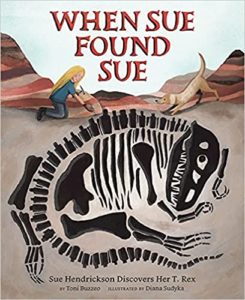 JW: Finding a way to make biographies appealing to young readers is so important. What advantages do you see to using picture books to present this material, such as in When Sue Found Sue, illustrated by Diana Sudyka?
JW: Finding a way to make biographies appealing to young readers is so important. What advantages do you see to using picture books to present this material, such as in When Sue Found Sue, illustrated by Diana Sudyka?
TB: It’s entirely biographical and could be expanded into a full-length middle-grade biography on Sue Hendrickson. In terms of a picture book biography, you have to bring the picture book ethos to the real living character, or once-living character, if it’s somebody who’s deceased, and bring that person to life.
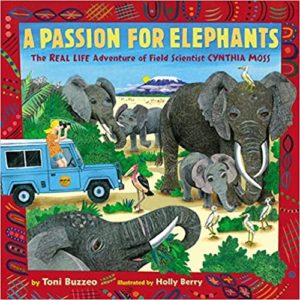 I wrote my first picture book biography, A Passion for Elephants (illustrated by Holly Berry), about field scientist Cynthia Moss, who has spent her entire career–about 45 years–studying the elephants of Amboseli National Park in Kenya. I had worked so hard on that with my Maine critique group. At the end, when I thought I was done, my critique partner, Cynthia Lord, said, “I have a question for you. I think you need one more revision, and it’s going to be guided by the answer to this question. “What is the one thing that defines Cynthia? What brings her to life more than anything else?”
I wrote my first picture book biography, A Passion for Elephants (illustrated by Holly Berry), about field scientist Cynthia Moss, who has spent her entire career–about 45 years–studying the elephants of Amboseli National Park in Kenya. I had worked so hard on that with my Maine critique group. At the end, when I thought I was done, my critique partner, Cynthia Lord, said, “I have a question for you. I think you need one more revision, and it’s going to be guided by the answer to this question. “What is the one thing that defines Cynthia? What brings her to life more than anything else?”
If you’ve read that book, you’ll know that the answer to that question is the guiding principle of that book. Cynthia Moss wasn’t afraid of big things. Obviously, she wasn’t afraid of those elephants. She wasn’t afraid to go off and live in Africa, a place she had never been, where she found her passion and her career. It isn’t a small thing to bring a living, or once-living, person to life on the page when it all has to be 100% legitimate and true. The key for me has been to find that one defining characteristic of the person that informs their whole life.
JW: With the pandemic and as more and more books are delivered in an electronic format, libraries are shifting gears as they loan out e‑books. What do you see as the librarian’s role with this new format?
TB: It depends on whether we’re talking about picture books, middle-grade, or young adult. I do much of my adult reading electronically for the convenience of it, and of course, I use my library to borrow those books as well as buy electronic books. But I don’t like the experience of reading picture books electronically because the device defines the visual experience. We all know that monitors can change colors, and it’s pretty hard to cuddle with an iPad, laptop, or phone, but I don’t think that the format of publication, whether it’s paper or electronic, has changed the role of the librarian. Information uncovering aside–that’s a huge role of librarians–let’s look at the role of the librarian in books, which is to connect the reader with the best and most appropriate book for their need, their personality, their reading interest, or the type of reader they are. It doesn’t matter what format the book is. What matters is that the librarian knows and understands the child and the child’s interests. That was one of the biggest pleasures for me. Last month, one of my critique partners and I were looking at her manuscript, which features a library, and I said, you can’t forget how absolutely delightful it is for librarians to match the reader with the book.
JW: I know that doing author visits is one aspect of your job you love. What have been the challenges this last couple of years as school visits have gone virtual? Do you feel that you can connect as well as in person?
TB: I miss being in person with the kids. There’s an energy that happens between an audience and an author, whether that audience is a small classroom group or whether it’s 500 children in a gathering space. There’s a palpable energy in the air that’s missing in virtual visits, but that’s what we have, and hopefully, that will be over soon. It’s important that we authors continue to connect with our readers, but it’s a very different experience. I can’t hear their gasps; I can’t hear their giggles. They can’t experience my actions in my presentations, and I also use a lot of puppets with young children. It’s not the same experience on a static screen.
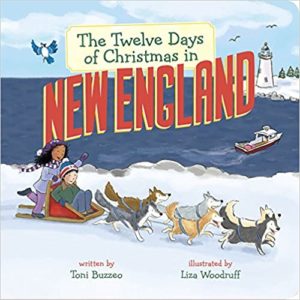 JW: As someone who loves traveling, I found The Twelve Days of Christmas in New England (illustrated by Liza Woodruff) to be a very enjoyable read. If you made another one in this series, which place would you choose next?
JW: As someone who loves traveling, I found The Twelve Days of Christmas in New England (illustrated by Liza Woodruff) to be a very enjoyable read. If you made another one in this series, which place would you choose next?
TB: Because Florida is my other home, I would have chosen it. However, Florida was already done, so I was asked specifically to do New England because I’m from there. But if I could expand the parameters of the series, which of course I can in my imagination, one of my very favorite places in the world is Kenya, Africa. I’ve been twice, and I would love to go back again. What a great experience it would be to decide where the child character in the book was going to visit in a country that is so different, and then to expose kids here to how different life is in such a faraway place. It’d be really fun to have a series formulated in the format of letters and have them come from other places in the world.
JW: I want to congratulate you on your newest fiction picture book, Pa, Me, and Our Sidewalk Pantry, coming out next year. As you approach 30 published picture books–an impressive number!–what’s been the most fun part about developing picture books?
TB: It’s always the character, who in Pa, Me, and Our Sidewalk Pantry is named Jelly Bean. The illustrations being drawn by Zara González Hoang seem to be taking Jelly Bean in a male direction, while I had thought Jelly Bean was female. A really fun part of picture books is that your character comes alive under the drawing implement of somebody else. For me, I just love knowing the internal workings of the character and how that character’s personality plays out in the situation I put them in. I like setting and find it very easy to write, and I think my dialogue is quite true to conversation, partly because I know kids so well. The deepest self of the characters is the most fun part of writing fiction for me.
By the way, in keeping with my balance of fiction and nonfiction picture book titles, I also have a nonfiction title coming out next year, Eat Your Superpowers: How Colorful Foods Keep You Healthy and Strong, illustrated by Serge Bloch and my first middle grade novel, with a working title of Light on Shadow Mountain. So books #31 and #32!
JW: For someone just getting started in the industry, what single piece of advice would you want to pass along?
TB: I’m torn between offering advice about the creative part of the business and offering advice about the practical matters of the business, so I’ll offer two pieces of advice. First, in terms of creativity, anybody who’s going to be a writer, an illustrator, or both for children’s books is doing it because they love words, pictures, or both, and kids. They want to share that love through their creative process. So, don’t get overwhelmed by the difficult odds. We all know the odds are hard in this business. I don’t know if it’s still true, but when I was first breaking into the field, it took an average of nine years. I don’t know if anybody’s even still keeping those kinds of statistics. It took me five years as a librarian, and I had a lot of connections and a lot of insider knowledge. Don’t let the difficulty of achieving what you want to achieve get in the way of your creativity and your joy in creating the stories, the words, or the illustrations.
JW: Great advice.
TB: But then, I’m also going to say something that sort of refutes that. Be as smart as you can be about what’s being published in the industry. Who is publishing it? Which editors are interested? What genres, topics, or approaches? Here’s how I would suggest you do that, and it worked for me. I kept my eye not only on the Society for Children’s Book Writers and Illustrators (SCBWI) national publications and monthly newsletters, but I also watched its regional chapters located all over the country. I read their newsletters because there were always interviews and heads-up about who’s going where, which editor has changed houses, and which editor likes funny picture books, etc. Just basic practical, keeping track of what’s happening in the industry. What different publishers are publishing, which editors are open to submissions, and which types of books. I kept the information in an Excel spreadsheet, but however you want to do it is fine. Nowadays, it’d be a great project with documents that can be shared like a Google doc.
So, my two kinds of encouragement are to be smart about the business, but don’t let the business demands and discouragements impede your love of the process.
JW: Okay, Toni, it’s time for the SIX QUESTION LIGHTNING ROUND. Fast questions with equally fast answers. Are you ready?
TB: Yes!
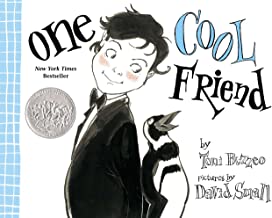 JW: One Cool Friend is my favorite of your picture books. What sea animal would YOU take home from the aquarium?
JW: One Cool Friend is my favorite of your picture books. What sea animal would YOU take home from the aquarium?
TB: Oh yeah, jellyfish.
JW: What’s your favorite type of pie?
TB: Absolutely, it’s Chocolate Silk.
JW: Who was your favorite character from a book as a child?
TB: Ramona Quimby.
JW: Five words that describe your writing process.
TB: Messy, joyful, inconsistent, not scheduled, and hopeful.
JW: What’s a recent picture book that really got your attention?
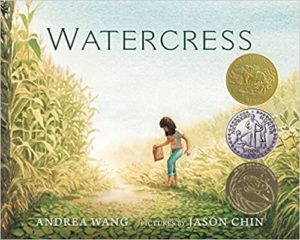 TB: Watercress by Andrea Wang with illustrations by Jason Chin.
TB: Watercress by Andrea Wang with illustrations by Jason Chin.
JW: What’s your favorite thing about your writing cottage?
TB: Oh, everything! My most favorite thing about it is that my husband Ken Cyll built it for me.
JW: Thanks so much for your time, Toni!
TB: You’re so welcome!


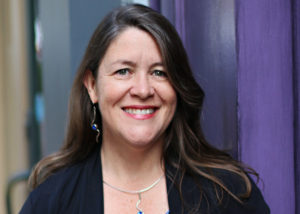
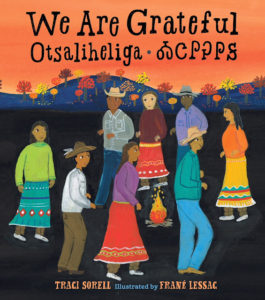
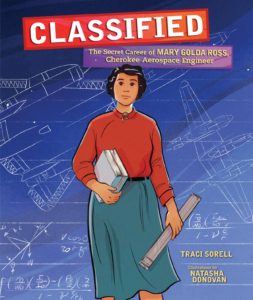
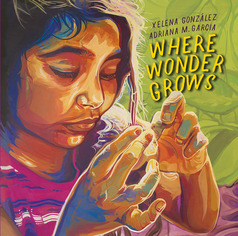
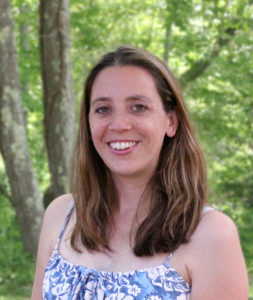 We’re starting off 2022 with an author/illustrator interview with
We’re starting off 2022 with an author/illustrator interview with 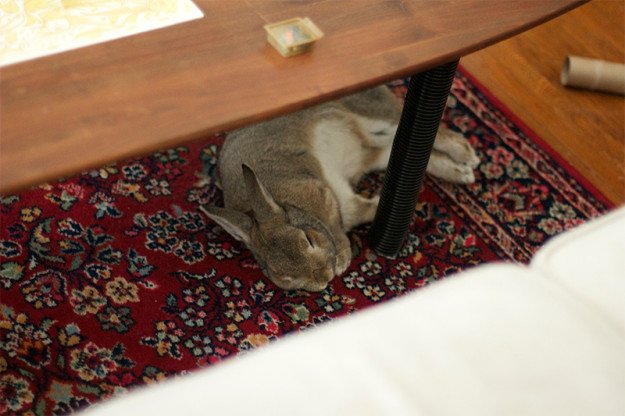
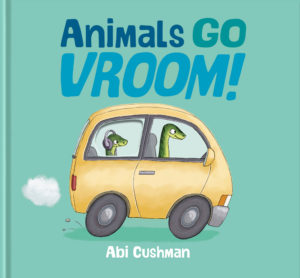

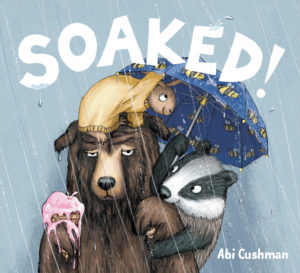

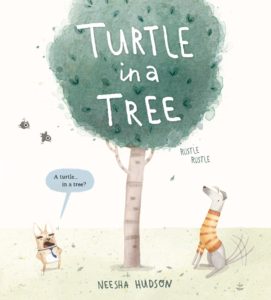
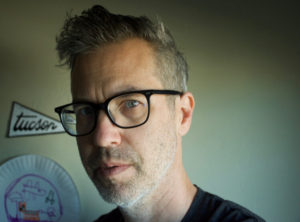 We always like to end the year strong, and thanks to December’s guest author interview, we’re doing exactly that. Welcome to Only Picture Books, Adam Rex!
We always like to end the year strong, and thanks to December’s guest author interview, we’re doing exactly that. Welcome to Only Picture Books, Adam Rex!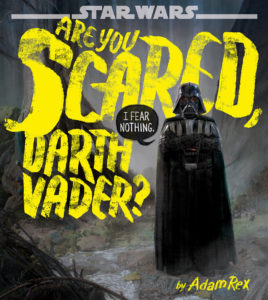
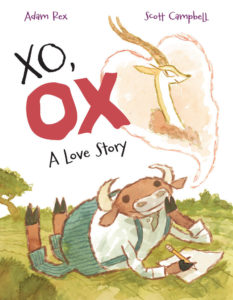
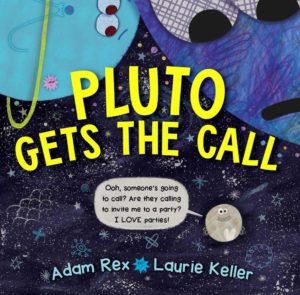
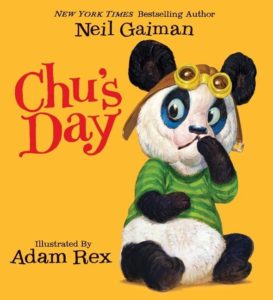
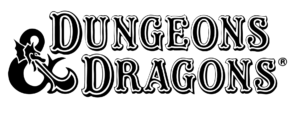




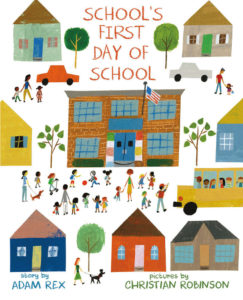
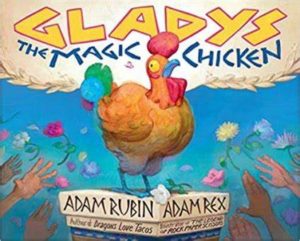
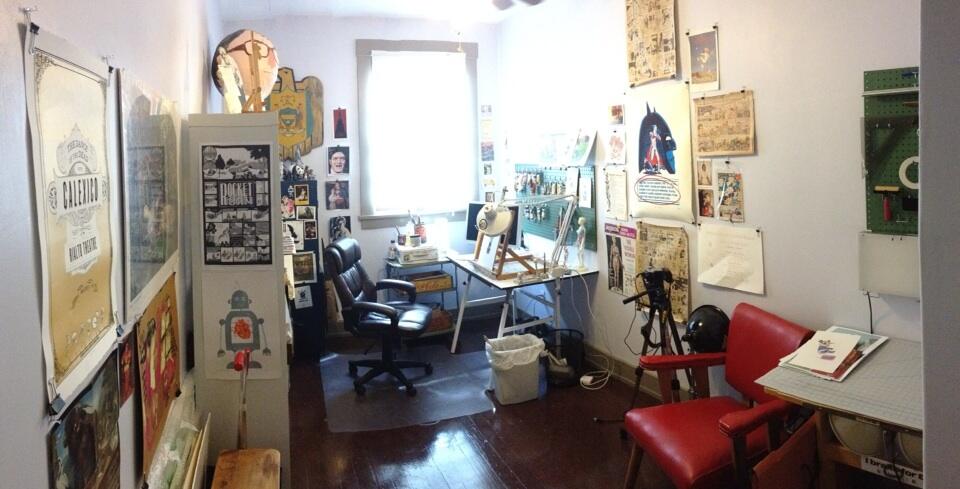
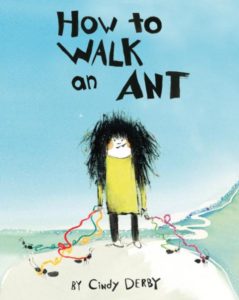


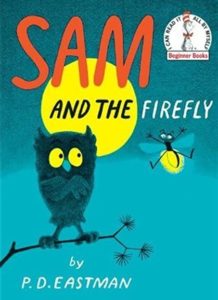
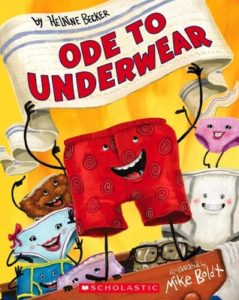
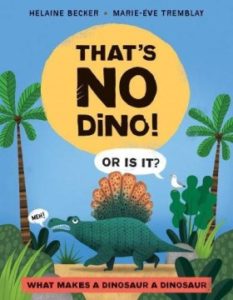
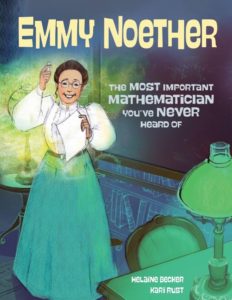
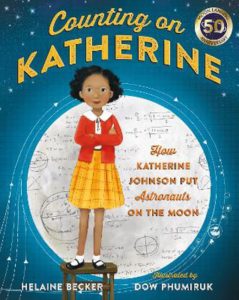
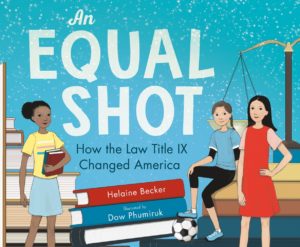
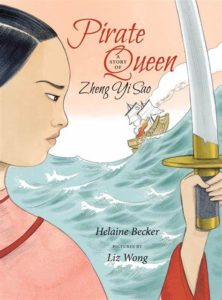
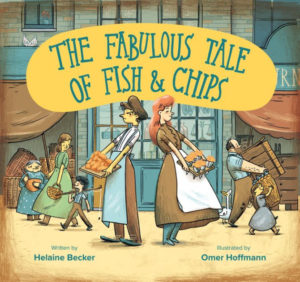
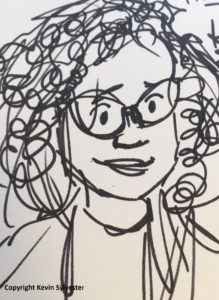
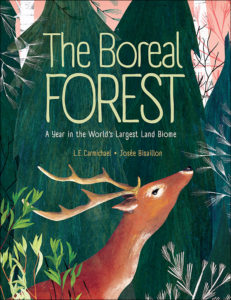
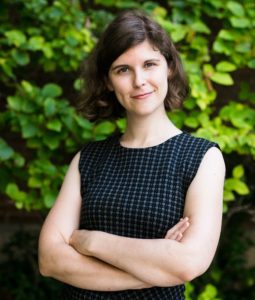 This month’s Industry Insider interview is with a name you likely know well–author, librarian, blogger, podcaster, and reviewer Betsy Bird. Welcome, Betsy!
This month’s Industry Insider interview is with a name you likely know well–author, librarian, blogger, podcaster, and reviewer Betsy Bird. Welcome, Betsy!